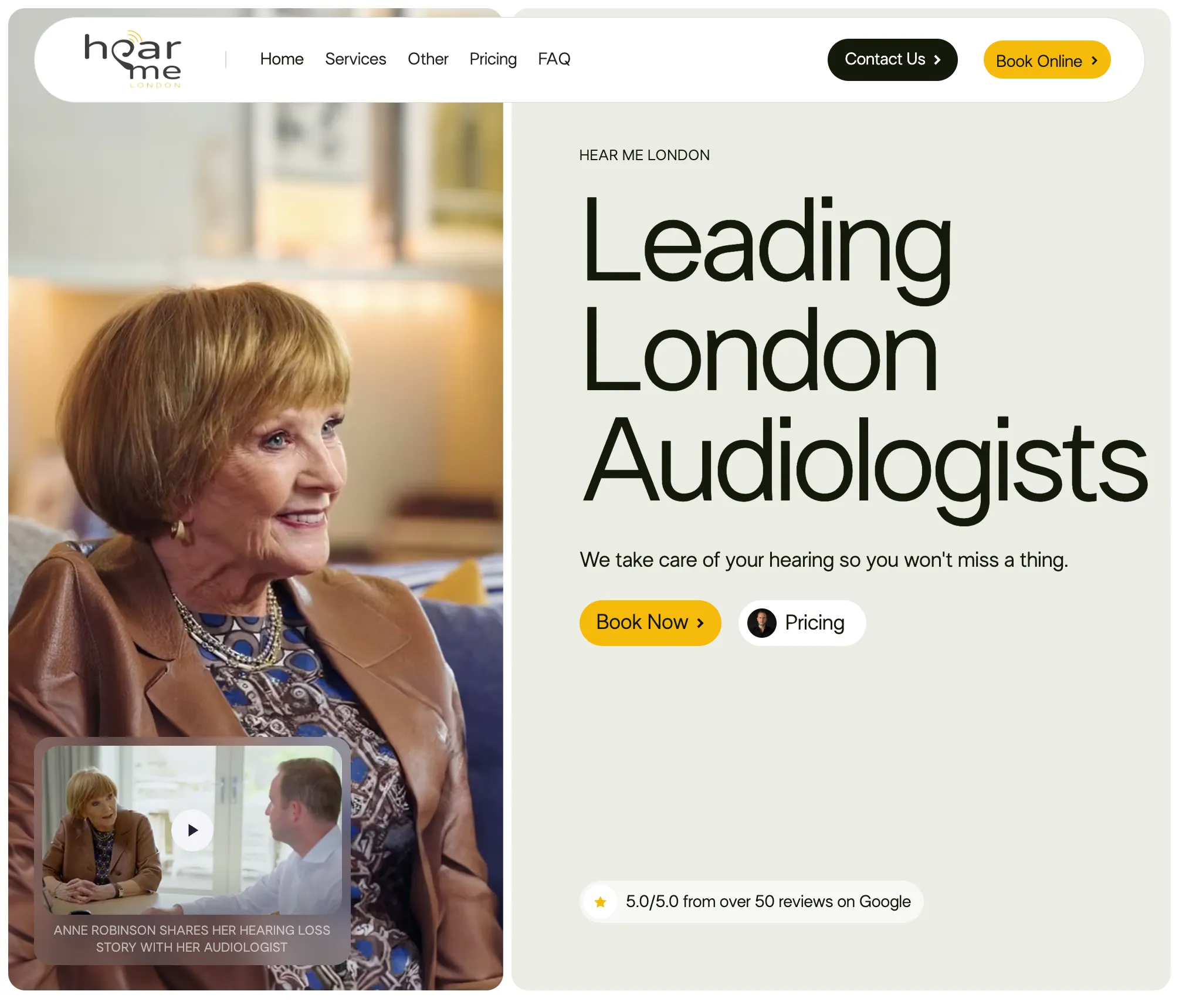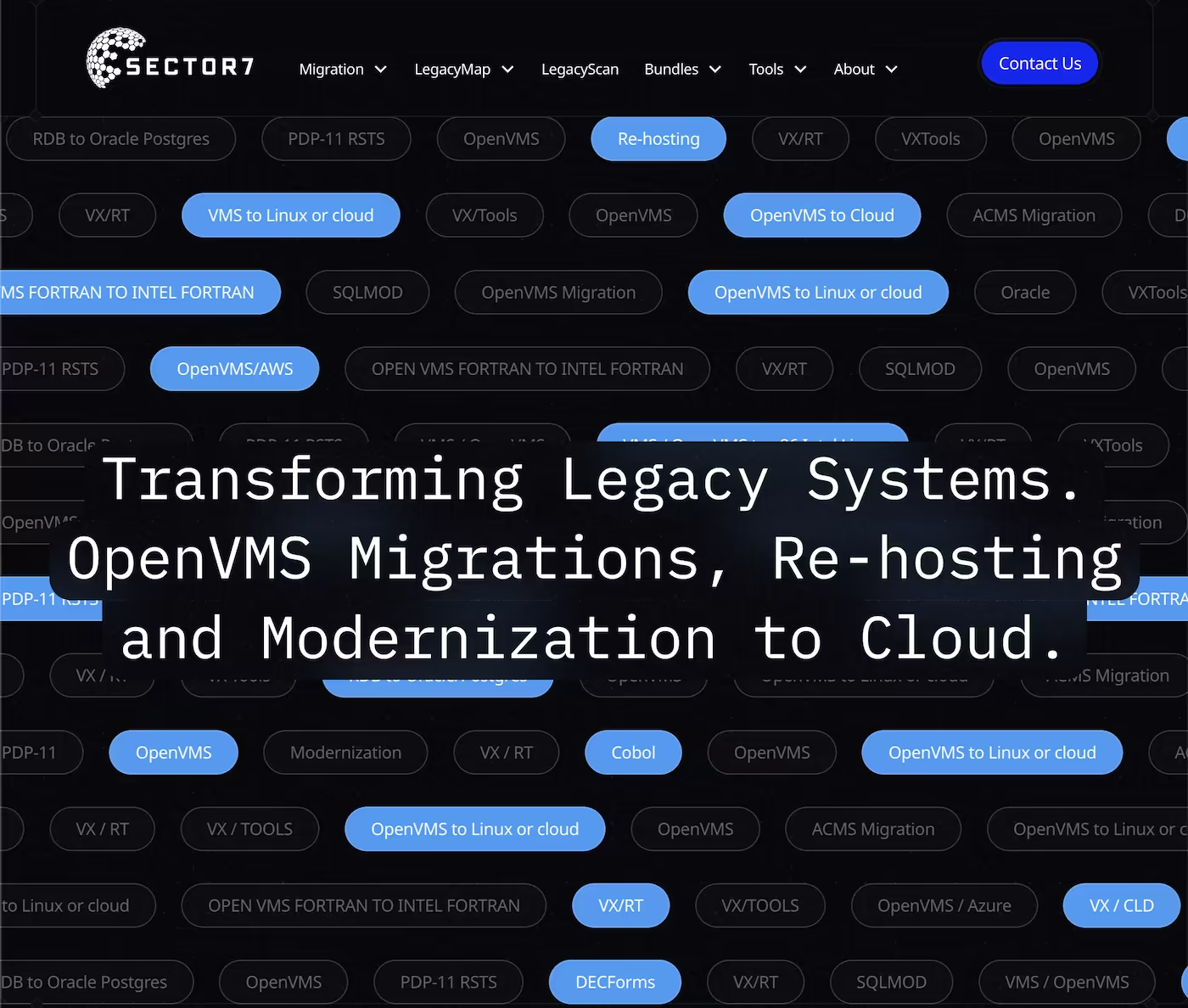Meta vs Google Ads: Complementary Advertising Strategies
Meta advertising and Google Ads serve different purposes in comprehensive marketing strategies, targeting customers at different stages of the buying journey through distinct approaches. Understanding these differences enables strategic platform selection and budget allocation that maximises overall advertising effectiveness.
Targeting Philosophy Differences
Meta advertising excels at interest-based targeting that reaches potential customers who may not yet realise they need your product or service. This discovery-focused approach builds awareness and generates demand among audiences with relevant interests, behaviours, and demographic characteristics.
Google Ads targets intent-based searches where customers actively seek solutions, capturing demand that already exists rather than creating new demand. This fundamental difference means the platforms complement rather than compete with each other in comprehensive marketing strategies.
Creative Format and User Experience
Meta's visual-first environment demands engaging creative content that stops users scrolling through social feeds. Success requires high-quality images, compelling videos, and creative formats that blend naturally with social media content while delivering marketing messages effectively.
Platform-Specific Creative Requirements
- Meta platforms: Visual storytelling, video content, carousel ads, user-generated content
- Google Ads: Text-based messaging, keyword relevance, clear value propositions
- Meta engagement: Social proof through likes, shares, comments, and reactions
- Google focus: Direct response and immediate action-oriented messaging
Audience Demographics and Behaviour
Meta platforms typically attract younger demographics who engage with content during leisure browsing, while Google Ads reaches broader age ranges during active problem-solving moments. These usage patterns influence campaign timing, messaging, and conversion expectations.
Social media users often require multiple touchpoints before converting, making Meta advertising effective for building familiarity and trust over time. Google Ads users frequently convert more quickly due to higher purchase intent at the moment of search.
Campaign Objectives and Measurement
Meta advertising excels at brand awareness, engagement, and top-of-funnel activities that build audience relationships over time. Google Ads performs better for direct response campaigns focused on immediate conversions and bottom-of-funnel activities.
Measurement strategies should reflect these different objectives, with Meta campaigns evaluated on engagement metrics, brand lift, and assisted conversions, while Google Ads focus on conversion rates, cost per acquisition, and immediate return on ad spend.
Ready to leverage both platforms strategically? Our Paid Marketing service combines Meta advertising with Google Ads campaigns to create comprehensive audience coverage that captures customers throughout the entire buying journey, maximising overall marketing effectiveness.




